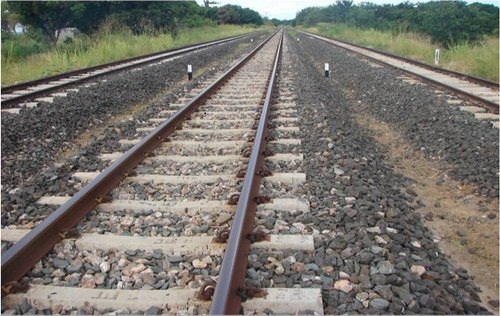Bhubaneswar: We all have seen crushed sharp-edged stones lying alongside railway tracks. But not many of us know the reason behind placing such stones along the tracks.
Here is why these crushed stones are found along the railway tracks.
Before laying railway tracks, a layer of crushed stones is laid out on the ground meant for tracks. What we call crushed stones is called ‘track ballast’ by people associated with railways.
Once these stones are laid out, the trackbed is ready for sleepers to be placed with equal distance between them. Earlier, these sleepers used to be wooden ones. As of now, pre-stressed concrete sleepers have taken their places. The sleepers are rectangular in size. Once the work of laying out of sleepers is over, the railway tracks are laid out. The sleepers are placed perpendicular to the tracks. The sharp edges of the stones help them cling to one another tightly.
Now imagine, if the railway tracks were laid out simply on the sleepers without any bed of railway ballast, what would happen when a train rolls on it at great speed. The sleepers would get displaced, resulting in train mishaps.
Now imagine, what would happen if the round-shaped pebbles found on the river beds were used instead of these sharp-edged stones. Due to smooth surface, one may slide over another at the time of train movement and consequently, the tracks won’t be able to bear the vibration caused by a train running at a high speed with thousands of tonnes of load. And the consequence can well be imagined.
Apart from holding the tracks tightly, the other main benefit of laying these sharp-edged stones is: they help drain out of rainwater easily and don’t allow any type of vegetation growth which could otherwise weaken the ground beneath the tracks.
PNN
